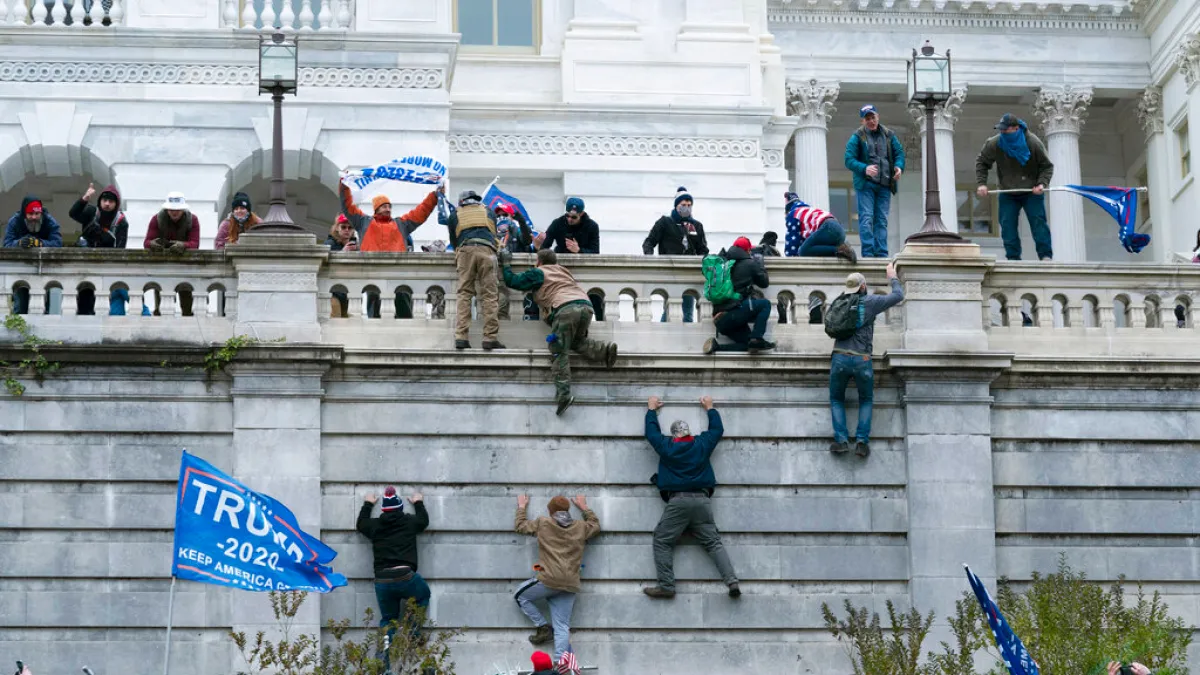Examining the Sudanese Conflict, Transnational Networks, and Shadow Globalization
When we talk about conflict in a country, we usually think of war, crisis, violence, and so on. Of course, these conflicts are crucial phenomena and need to be discussed. The civil war in Sudan is no exception. Sudan has been a country experiencing a humanitarian crisis since the military clashes in 2023. There are strong allegations of foreign interference through illicit funding, which has exacerbated this crisis. This issue is important to address because it shows that transnational societies are not always glorified as positive entities and that globalization can be an instrument contributing to the suffering of the Sudanese people.
The crisis in Sudan was sparked by a power struggle between the government military, the Sudan Armed Forces (SAF), led by General Abdel Fattah al-Burhan, and the Rapid Support Forces (RSF), led by Mohammed Hamdan Dagalo. Initially, the two military groups were allied to overthrow the regime of President Omar Al-Bashir, but disagreements arose over how to integrate their respective forces. Suspicion arose on both sides, leading to fierce fighting on April 15, 2023. The capital, Khartoum, suffered extensive damage, and the fighting spread, displacing more than 3 million people across the country and abroad. (Prayuda, Syafrana, Sundari, Shiddiqy, & Riau, 2024)
Given the complexity of the Sudanese conflict, the author views the Sudanese conflict as a concrete illustration of how transnational society and globalization can give rise to new contradictions: promising interconnectedness and collaboration across borders, while simultaneously giving rise to networks that exacerbate humanitarian crises. The author analyzes the Sudanese conflict based on the concepts of transnational networks and shadow globalization. This paper focuses not only on domestic phenomena but also involves various non-state actors. Thus, the author is guided by three arguments, namely: first, how the transnational network strengthens the conflict so that the conflict has been organized to the global level; second, how globalization becomes a tool for illegal flows, thus triggering ongoing violence; and third, how the presence of transnational networks and shadow globalization makes the Sudanese conflict not only related to domestic affairs but also a global responsibility due to complex interdependence.
The Sudanese conflict has involved transnational actors who play a role as suppliers of weapons and illegal funding for the warring factions. A report from Amnesty (2024) asserts that “the conflict in Sudan is being fueled by a constant flow of weapons into the country,” originating from China, the UAE, and Turkey. Anti-material rifles, jammer drones, and mortars made in China; armored personnel carriers (APTs) from the UAE; hundreds of thousands of blank firearms from Turkey; and variants of civilian light weapons from Russia have provided external support for both parties in the conflict. All this data clearly shows that national borders are no barrier to the export of violence. Brokers, military contractors, and sponsoring states continue to supply weapons, ultimately providing them with ammunition for war. In other words, the Sudanese conflict could transform into a global war, with transnational communities acting as intermediaries in supplying weapons and interests across borders.
The role of transnational networks is the reason why the Sudanese conflict is difficult to stop. When supply A is blocked, another supply emerges. In the concept of transnational networks, “Transnational networks are webs of interactions that connect actors across national borders for the exchange of resources, information, or influence” (Keck & Sikkink, 1999), so these cross-border non-state actors are independent and not controlled by national governments. Reporting from France 24, according to Sudanese officials themselves, there are sources of mining industry and Swissaid research; almost all of Sudan’s gold flows to the UAE through official trade routes, smuggling, and direct Emirati ownership. This certainly provides funding for the warring armies to purchase new weapons.
Amidst the rapid flow of globalization, we cannot ignore shadow globalization. This concept describes how aspects of the illicit economy are transforming from the domestic sphere into transnational networks operating under official auspices, thus giving rise to mutually beneficial relationships between markets and criminal groups. According to Peter Lock (2005), when countries reduce regulations and begin to open their economies as part of neoliberal globalization, this actually allows criminal agents and groups to move freely in the global sphere, for example, through money laundering or illicit trade. There is a strong suspicion of the misuse of legal economic activities, ultimately leading to illegal objectives that violate international law. Thus, shadow globalization is the dark side of globalization because it operates in accordance with legitimate global flows.
Sudan possesses abundant natural resources, including oil, gas, and gold reserves, but these resources are diverted through illegal cross-border channels. A report from Illicit Financial Flows (IFFs) indicates that the country lost approximately US$5.7 billion between 2012 and 2018 due to illicit activities, particularly in the gold and oil resources sectors. (Integrity, 2024). There are strong indications that funds intended for the benefit of the Sudanese people are instead being diverted to fund armed groups. More broadly, a 2020 UNCTAD report also stated that Africa loses approximately US$50 billion annually to illicit financial flows. This aligns with other reports that define illicit financial flows as funds whose origin, transfer, or use are illegal (In, 2020). Comprehensively, globalization can be an instrument of the shadow economy to support the ongoing violence in Sudan.
The situation in Sudan demonstrates that global structures are interdependent. Connectedness through technology, economics, politics, and security forces has erased national borders. Consequently, the decisions of actors, both formal and informal, influence other countries. Transnational networks and shadow globalization have transcended national borders through financial flows, arms trade, and gold, which have entered global markets and indirectly implicated external actors. Consequently, dependencies created by globalization impact economic stability, security, and humanitarianism.
Global responsibility is questionable, as the assumption that the conflict in Sudan is solely domestic is a misleading narrative. Every actor involved behind the scenes must recognize their moral responsibility for the profits derived from this conflict, for example, through the trade in gold, oil, and arms. According to a report by Chatham House (2023), the Sudanese conflict has a strong transnational dimension due to the involvement of Gulf states and global markets in the war economy. Furthermore, UNCTAD (2020) has confirmed that illicit financial flows in Africa have resulted in the loss of billions of dollars that could have been used for development and stability. Therefore, if globalization is understood as a global realm connecting all actors, the authors strongly argue that stability must be seen as a shared responsibility.
The three arguments above demonstrate that the Sudanese conflict can no longer be viewed as a domestic issue. The role of transnational networks and shadow globalization clearly illustrates how globalization fosters openness to cross-border cooperation but also opens up illicit flows of funds, weapons, and resources that exacerbate conflict. Furthermore, the concept of complex interdependence explains how the actions of one actor impact others. Therefore, the Sudanese conflict is a moral and political responsibility of the international community. Globalization has bound countries in interdependent relationships, so achieving stability must be seen as a shared project of the entire global community. With this awareness, the world is expected to view conflicts like Sudan as a real test of global solidarity and humanity.
Therefore, any findings regarding foreign funding and the involvement of global actors in the Sudanese conflict require further reporting. This article is not intended to marginalize any particular party but rather to open up space for reflection on the fact that amidst globalization, the boundaries between local and global interests are increasingly blurred. This relevance reminds us that the Sudanese conflict is not merely a spectacle but rather a mirror for shared humanitarian responsibility.







































